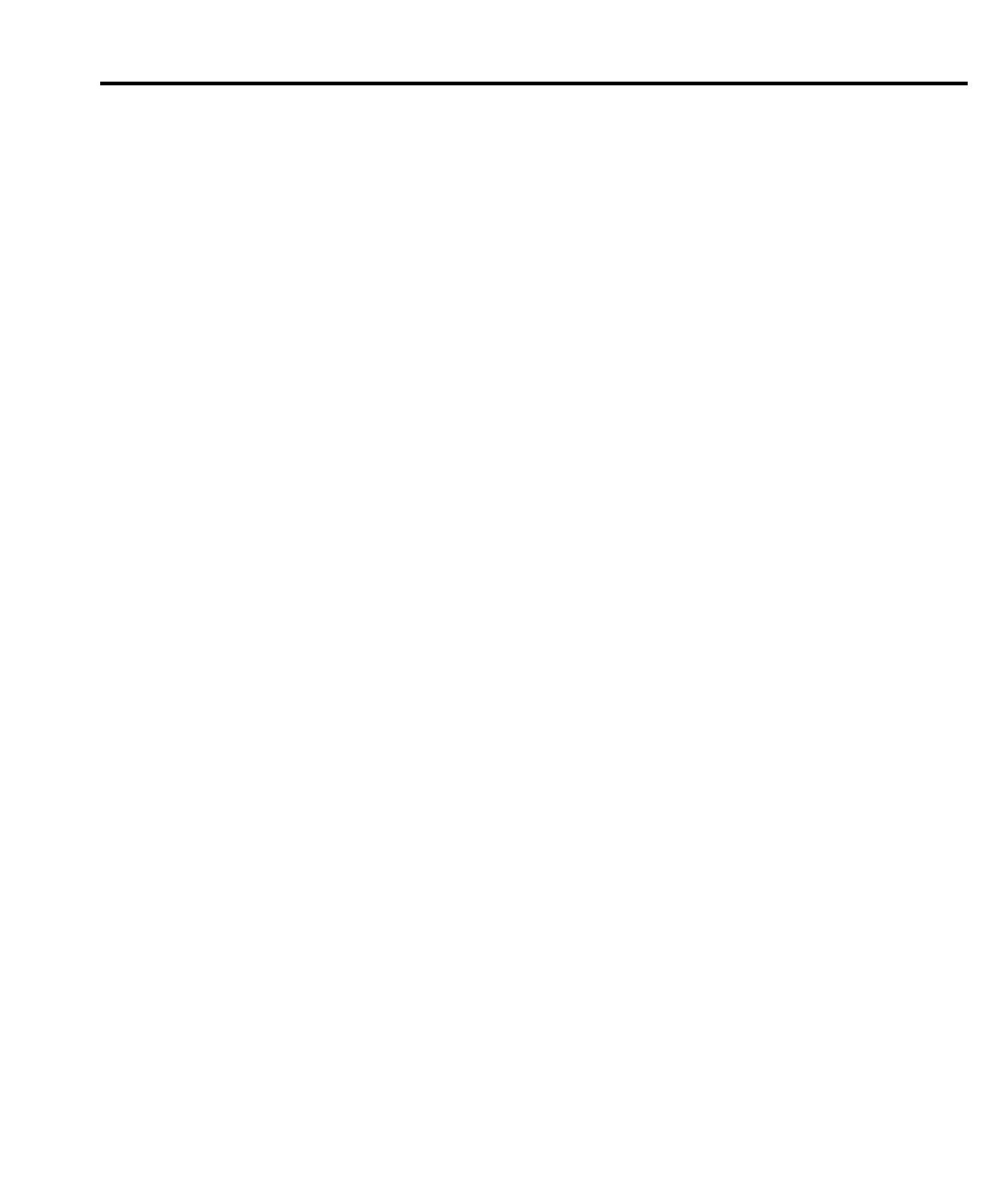SCPI Command Reference 17-75
:POINts <n>
:SOURce[1]:SWEep:POINts <n> Set source-measure points for sweep
Parameters <n> = 1 to 2500 Specify number of source-measure points
MINimum 1
MAXimum 2500
DEFault 2500
Query :POINts? Query number of sweep points
:POINts? DEFault Query *RST default number of sweep points
:POINts? MINimum Query lowest allowable number of sweep
points
:POINts? MAXimum Query highest allowable number of sweep
points
Description The :POINts command specifies the total number of source-measure points
in a sweep. For a linear sweep, the source-measure points are equally spaced
(stepped) between the start level and the stop level. For a log sweep, the
source-measure points are equally spaced on a logarithmic scale. Note that
the start and stop levels are source-measure points.
Step size for a linear sweep can be calculated as follows:
Step Size = (Stop - Start) / (Points - 1)
Step Size = Span / (Points -1)
Step size for a logarithmic sweep can be calculated as follows:
An alternate way to set the source-measure points in a sweep is to specify
the step size using the :STEP command.
Note that the :POINts and :STEP commands are coupled. Changing the
number of source-measure points also changes the step size. Conversely,
changing the step size changes the number of source-measure points.
:DIRection <name>
:SOURce[1]:SWEep:DIRection <name> Set direction of sweep
Parameters <name> = UP Run sweep from start to stop
DOWn Run sweep from stop to start
Query :DIRection? Query direction of sweep
Description Normally, a sweep is run from the start level to the stop level. The :STARt
and :STOP, or :CENTer and :SPAN commands are used to set these levels.
This command lets you change the execution direction of the sweep. With
DOWn selected, the sweep will begin at the stop level and end at the start
level. Selecting UP restores sweep operation to the normal start to stop
direction.
Log Step Size
log 10 (Stop)- log10 (Start)
Points - 1
-----------------------------------------------------------------=
